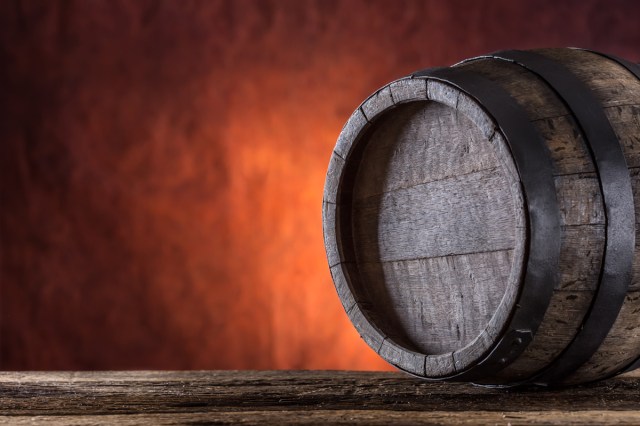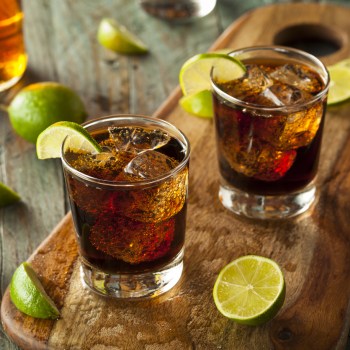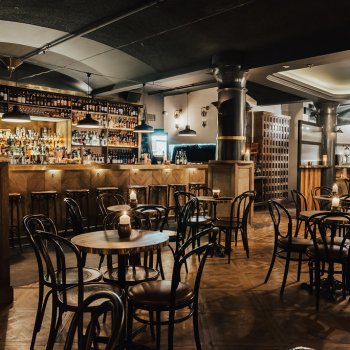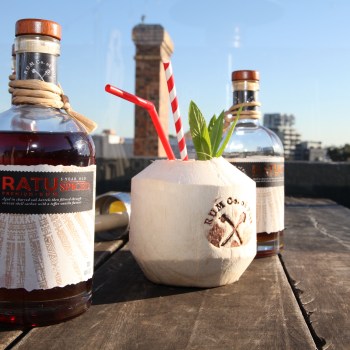In our May/June issue, Joe Sinagra explored what might be the most varied spirit category: rum. Made on almost every continent, in a myriad of different styles, there’s a rum out there to suit every palate. The following is the first half of that feature – we’ll publish part two next week.
With the ongoing trend towards consumers drinking less but better quality, aged rums provide an opportunity for venues to offer guests a wide variety of experiences at every price point. The challenge for venues, including myself as bar manager of Bobeche, lies in stocking a range that covers a majority of styles and tastes across different price points.
When it comes to quality aged rum, it’s all about balance, and the influence of time spent in barrel working with the base spirit, whether it is fresh cane juice, cane “honey” or a molasses-based distillate. The way in which the end product is balanced can often give a good indication as to the style of rum.
FLAVOUR PROFILES
Different styles of rum can provide savvy bartenders with a huge array of different flavour profiles: from drier and more barrel/spice-influenced rums to sweeter, richer styled rums, to those that draw lightly from the barrel and express much more grassy and floral notes of the sugar base. The right rum selection can play a crucial part in the balance and flavour profile of a cocktail.
The key to finding the right rum is about understanding what each rum brings to a cocktail and how it interacts with the other ingredients. A cocktail culture and style that has taken this to the next level is of course Tiki culture.
Pioneers like Don the Beachcomber and Trader Vic had keen understandings of different rum styles and what each could provide to a cocktail. Often these Tiki legends would take multiple rums, in varying quantities, and mix them together to provide the perfectly balanced base for each of their cocktails.
COLONIAL ORIGINS
While originating around Indonesia in the 14th Century, rum has spread widely across the globe thanks, in part, to western colonisation. The English, Dutch, French and Spanish colonialists all helped spread sugar, and in turn rum, everywhere they travelled from the early 15th Century onwards.
It is this colonisation that can be used to help stylistically make sense of rums and by offering some historical insight to customers, provide a selling point and a story to heighten the experience on offer. When thinking of styles in this way, rums can be broken down into English, French, Spanish and Jamaican styles.
The English style carries with it the association with The Royal Navy. Carrying rum at sea for long periods of time, the English style of rum developed into a drier style with a lot of barrel influence. Classically English style rums are a column distilled, molasses spirit, balanced towards spice and woody notes attractive to whisky drinkers. When mixed in cocktails, English style rums provide wonderful backbone and depth without a huge amount of sweetness.
The French style developed to closely resemble their beloved brandies such as Armagnac. The French terroir-driven approach utilised fresh cane juice spirit and balanced this with barrel notes, developed to add complexity and depth to the grassy and floral base. French style rums, like fine brandy, are layered with flavour and give a specific impression of where they came from. Mixing with these French styles takes a fine art, and the real challenge is to maintain that sense of terroir within the cocktail.
The Spanish colonists attempted to encapsulate the Sherries popular in Spain, developing rums that were blended to be sipped and enjoyed. Many Spanish influenced rums draw heavily on solera systems and ex sherry barrels to create rich and opulent sipping style rums, perfect for after dinner. These rich, velvety rums require a delicate balance to maintain their character while avoiding becoming overly sweet and intense.
Jamaica developed under unusual circumstances, and was originally colonised by the Spanish before being “liberated” by the English in 1655. The Jamaican style took the rich, heavy Jamaican molasses producing a base spirit that was full of residual flavours, and is often characterised by tropical fruits and a rich sweetness. These tropical characteristics lend themselves fruitier drinks that can carry through alongside sweet tropical fruit and stand up to the acidic cleansing profile of citrus fruit.
Continued next week…




One comment on “And a barrel of rum”